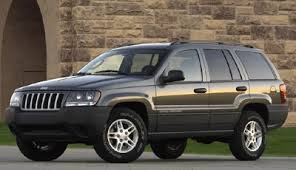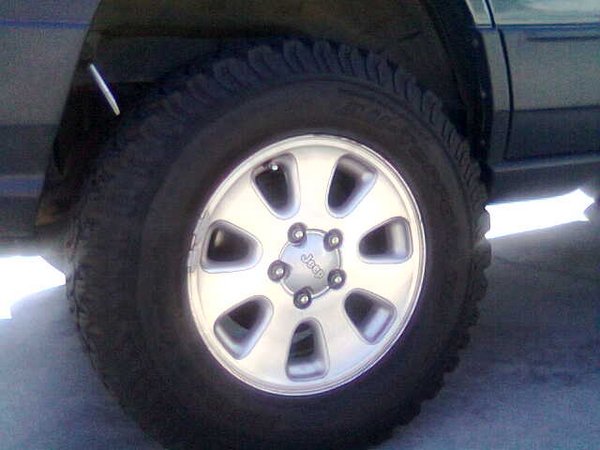P1490 Code Jeep
The P1490 code in a Jeep signifies a problem with the low-speed fan control relay circuit, typically indicating a malfunction in the cooling system. If ignored, this could lead to serious engine problems, including overheating. There are many potential causes for the P1490 code, including faulty relay, wiring issues, or problems with the engine control module. It is crucial to properly diagnose and fix this problem to keep your jeep running smoothly. Now let’s delve deeper into this pressing issue and its resolutions.

Diagnosing the P1490 Code
Diagnosing the P1490 code in a Jeep is a multi-step process, requiring a good understanding of vehicle electronics and engine cooling systems. Here are general steps for diagnosing the trouble code:
1. Use an OBD-II scanner to confirm the code – A professional-grade OBD2 scanner is crucial to verify the fault code. This device connects to your vehicle’s computer system and reads the generated codes.
2. Inspect the low-speed fan control relay – The control relay is typically located in the main fuse box in the engine compartment. Check for obvious signs of damage such as corrosion, melting, or scorch marks. These are signs that the relay has been overloaded and could be the cause of the problem.
3. Check the wiring and connectors – Examine the wiring and connectors associated with the low-speed fan control relay. Look for signs of damage, corrosion, or loose connections, which could interfere with the proper function of the relay circuit.
4. Test the relay – With a multi-meter, you can measure the resistance of the relay. If the resistance values are outside the manufacturer’s specifications, the relay is faulty and needs replacement.
Solving the P1490 issue
Once the problem is diagnosed, fixing the P1490 code problem in your jeep falls into a few key steps:
• Replace the low-speed fan control relay – If the relay is damaged or non-operational, it should be replaced. Before replacing, ensure that the new relay matches the specifications of the faulty one.
• Repair or replace damaged wiring or connectors – If any wiring or connectors associated with the circuit are damaged or loose, they should be repaired or replaced as needed.
• Reset the engine control module code – After the repairs are complete, use an OBD-II scanner to reset the code in the engine control module. If the repairs were effective, the code should not return.
• Test drive – Lastly, take your jeep for a test drive to ensure that the cooling fans are working correctly, and the engine temperature is stable.
Preventing the P1490 problem
Proper maintenance plays a massive role in preventing the occurrence of the P1490 code on your jeep. Regularly inspect the fan control relay for any damage and keep the cooling system well maintained. Keep an eye on your jeep’s temperature gauge and ensure it does not show abnormal readings.
Frequently Asked Questions
In this segment, I will answer common queries to help you gain a deeper understanding of the P1490 code.
Q. What does the P1490 code mean on a Jeep?
The P1490 code is an error that indicates a problem with the low-speed fan control relay circuit. The vehicle’s engine control module determines that the control circuit is outside the expected standards, prompting the code.
Q. What triggers the P1490 code?
Faulty cooling fan relay, broken or corroded relay circuit wires, or problems within the engine control module can trigger the P1490 code in your jeep.
Q. What are the symptoms of the P1490 code?
Common symptoms include an illuminated Check Engine Light, overheating engine, and in some severe cases, a potential engine shutdown.
Final Thoughts
The P1490 code is not a minor issue that you can ignore. It’s tied directly to the cooling system of your Jeep, a critical component for overall vehicle performance. Ignoring this could lead to more serious, costly repairs in the long run, such as a complete engine overhaul.
Do note, while the steps outlined above give you a general approach to handle the issue, it is often best to let a professional mechanic diagnose and address the problem, especially if you lack experience dealing with vehicle electrical systems. Your vehicle is a crucial aspect of your life; ensure it gets the care it deserves.







